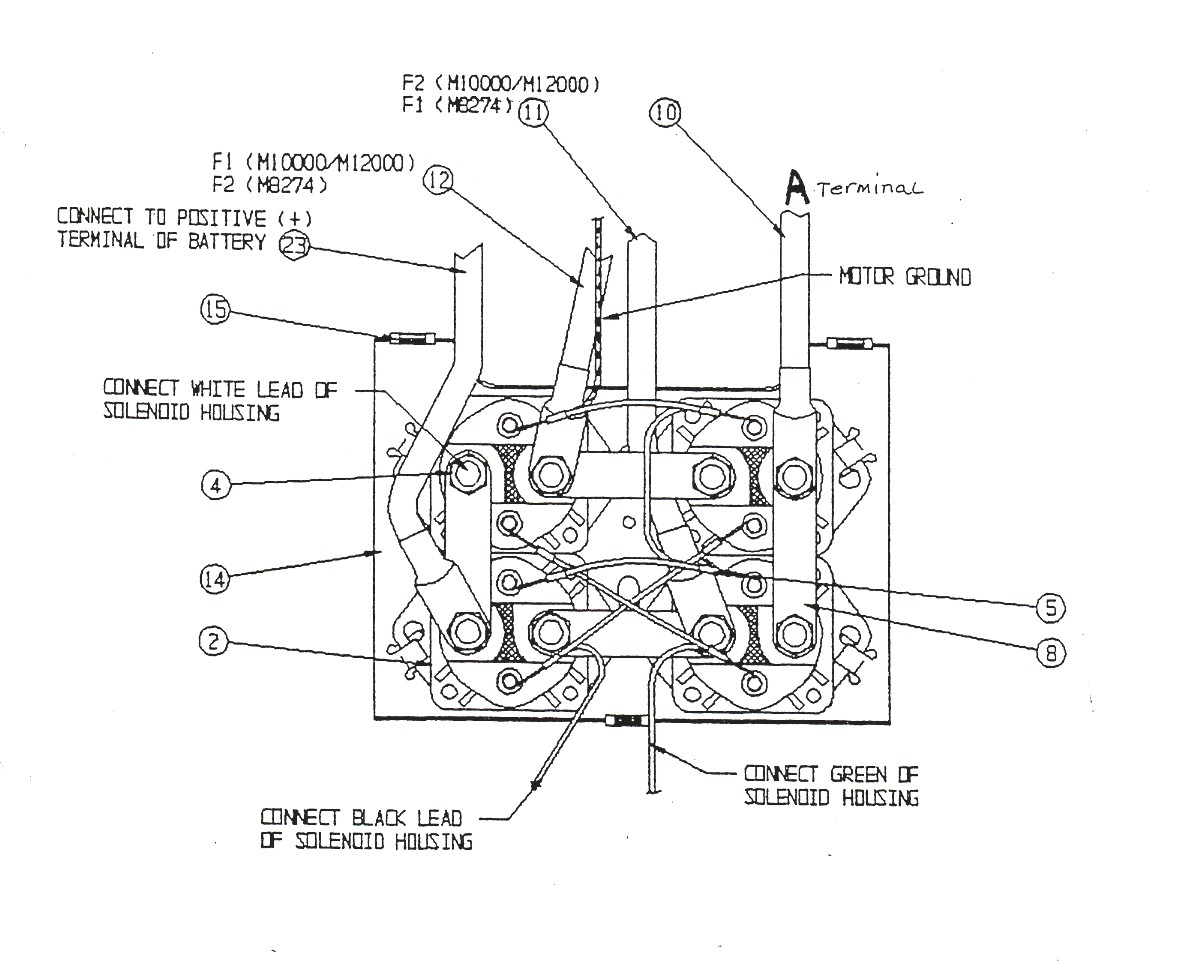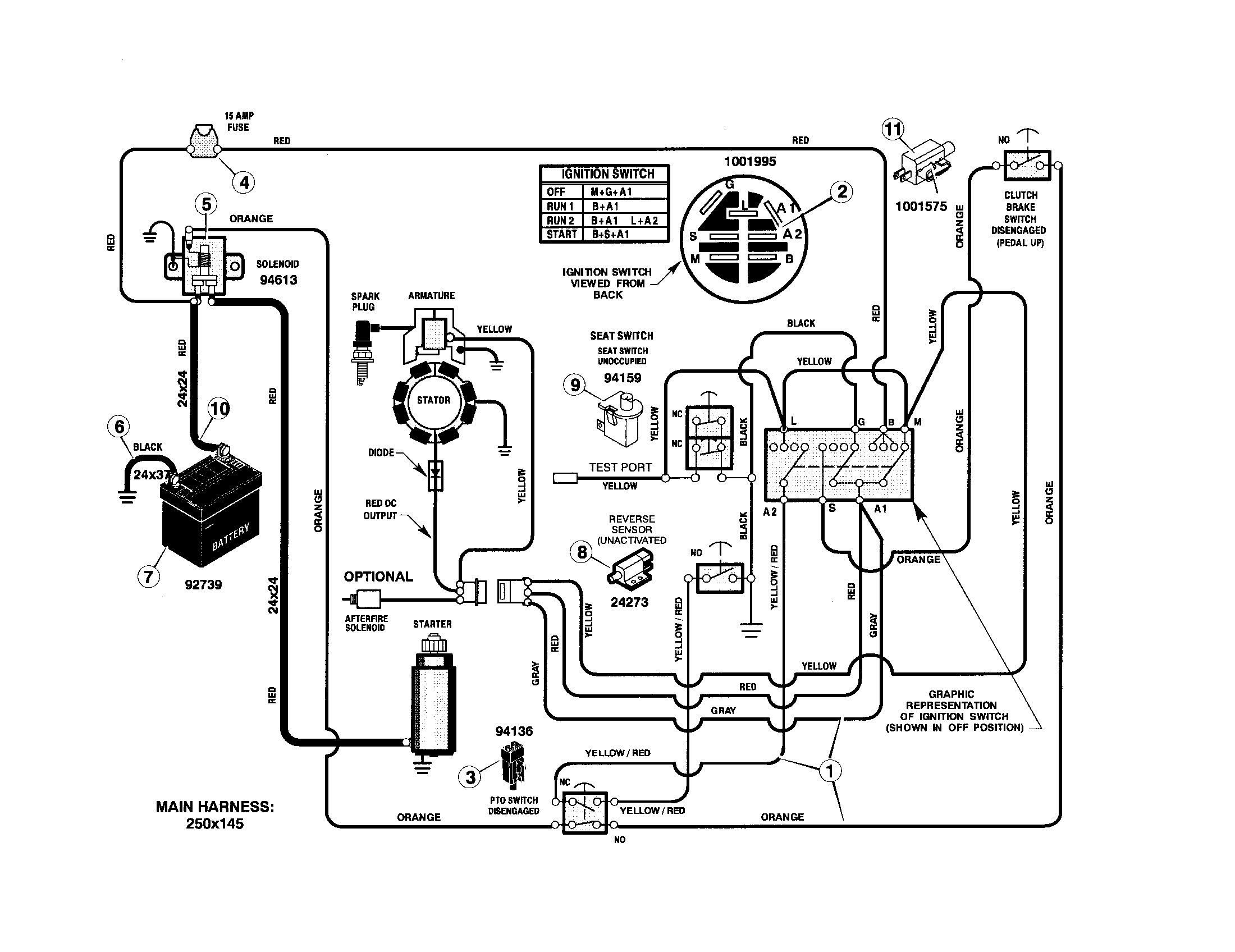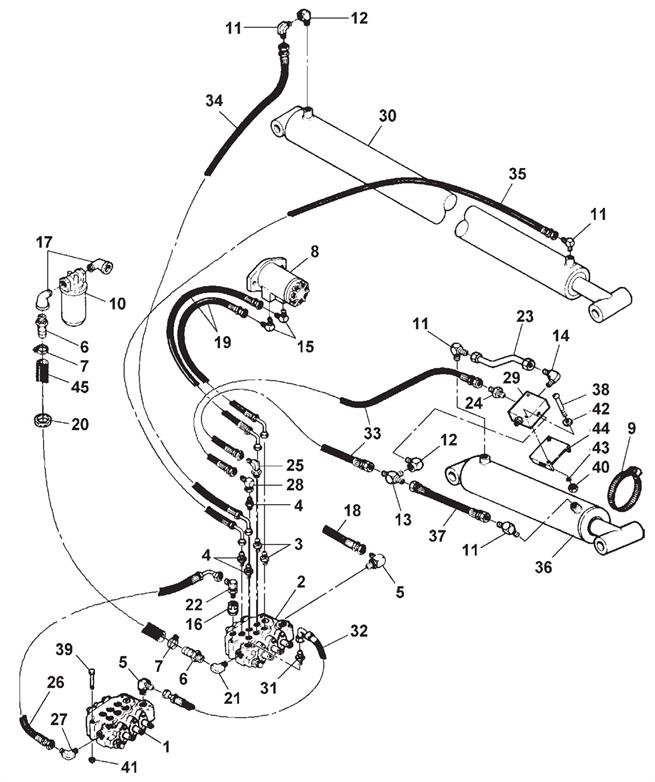Latching latch unlatch the12volt
Table of Contents
Table of Contents
Are you looking for a way to control a high-current circuit with a low-current signal? If so, you may want to consider using a 12 Volt Latching Relay Wiring Diagram. This powerful device can help automate your electronics and save you time and money. Read on to learn more about 12 Volt Latching Relay Wiring Diagram and how they work.
Pain Points
Have you ever struggled with trying to control a circuit with a small signal? Perhaps you’ve tried using a regular relay, only to find that it constantly switches on and off due to the weak signal. Or maybe you’ve had to manually switch a circuit on and off because you didn’t have a reliable way to automate it. These pain points can be frustrating and time-consuming, but with a 12 Volt Latching Relay Wiring Diagram, you can avoid these issues entirely.
What is a 12 Volt Latching Relay Wiring Diagram?
A latching relay is a type of relay that uses a small signal to activate (or “latch”) the relay’s contacts. Once the relay is latched, it stays in that position until another signal is sent to unlatch it. This means that a latching relay only needs a signal to change its state, not to maintain it. In other words, once you send a signal to a latching relay, it will remain in that state even if the signal is removed.
Main Points
Overall, a 12 Volt Latching Relay Wiring Diagram is a powerful tool that can help you automate your electronics and save time and money. By using a latching relay, you can eliminate the need for a constant signal to maintain the state of the relay. Instead, you only need a signal to change its state, making it an efficient and reliable way to control high-current circuits with low-current signals.
Target of 12 Volt Latching Relay Wiring Diagram
When it comes to using a 12 Volt Latching Relay Wiring Diagram, the target is to achieve automation and control with ease. For example, imagine you have a lighting system that you want to control with a button. Simply connect the button to a latching relay, and the relay will take care of the rest. Once the relay is latched, it will remain in that position until you send another signal to unlatch it.
 How It Works
How It Works
When a signal is sent to a 12 Volt Latching Relay Wiring Diagram, it activates an electromagnet that pulls the contacts together, closing the circuit. Once the contacts are closed, the relay remains in that state until another signal is sent to deactivate the electromagnet. This signal can come from a variety of sources, such as a button, sensor, or microcontroller.
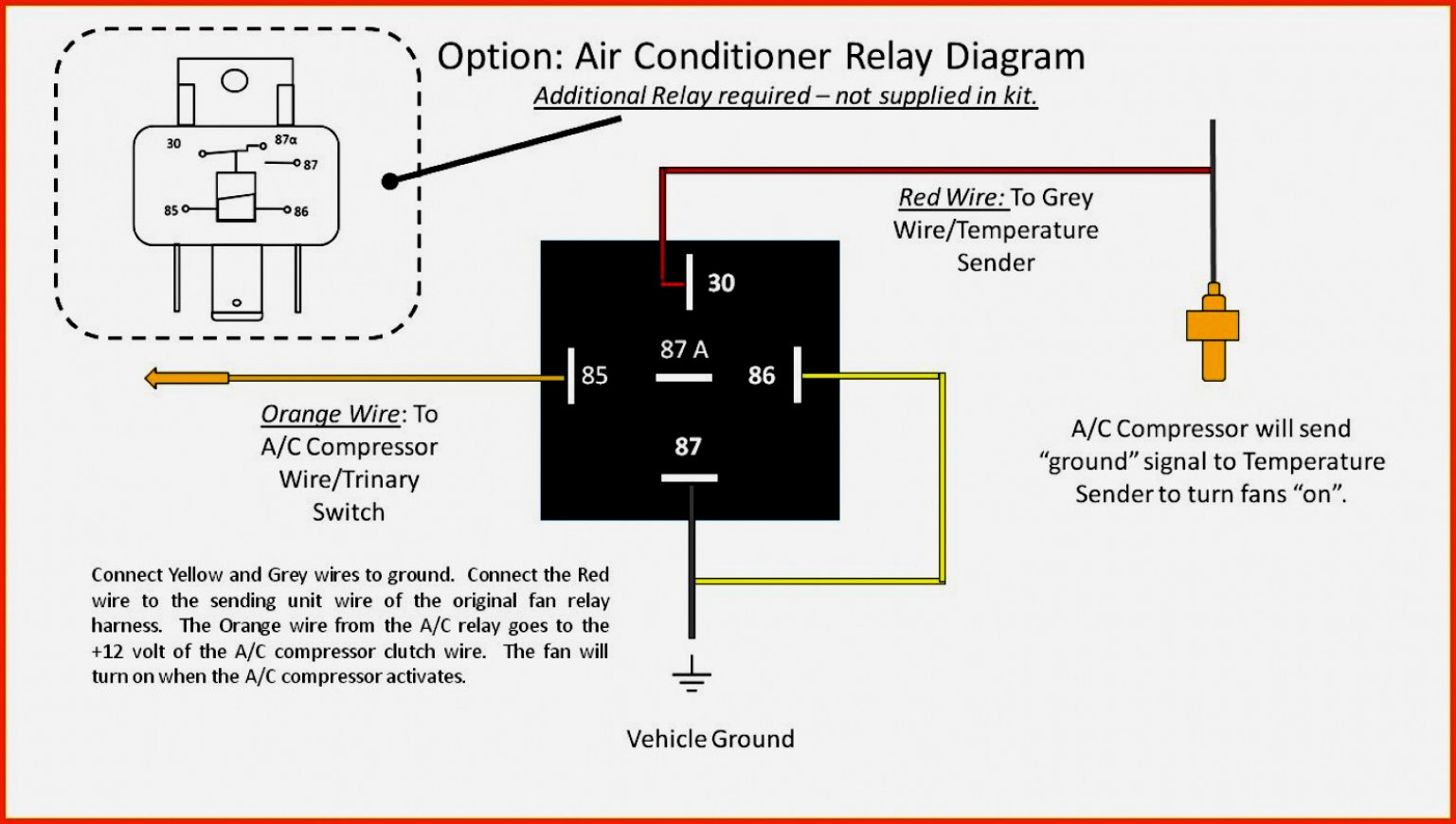 ### Advantages of 12 Volt Latching Relay Wiring Diagram
### Advantages of 12 Volt Latching Relay Wiring Diagram
One of the main advantages of using a 12 Volt Latching Relay Wiring Diagram is that it can save you time and money. With a latching relay, you don’t need a constant signal to maintain the state of the relay, which means you can use a smaller signal to control a larger load.
 Applications of 12 Volt Latching Relay Wiring Diagram
Applications of 12 Volt Latching Relay Wiring Diagram
There are many different applications for 12 Volt Latching Relay Wiring Diagram, including lighting, HVAC, automotive, and more. Basically, any application that requires a low-current signal to control a high-current circuit can benefit from using a latching relay.
 Question and Answer
Question and Answer
Q. Can I use a latching relay with AC voltage?
A. Yes, you can use a latching relay with AC voltage, but it’s important to choose a relay that is rated for AC applications.
Q. Can I use a latching relay with a microcontroller?
A. Yes, you can use a latching relay with a microcontroller. In fact, using a microcontroller to control a latching relay can give you greater control and flexibility.
Q. Can I use a latching relay to control a motor?
A. Yes, you can use a latching relay to control a motor. However, it’s important to choose a relay that is rated for the specific load you are controlling.
Q. How do I know which latching relay to choose?
A. When choosing a latching relay, you should consider the voltage and current rating of the load you are controlling, as well as the voltage and current rating of the signal you are using to control the relay.
Conclusion of 12 Volt Latching Relay Wiring Diagram
In conclusion, a 12 Volt Latching Relay Wiring Diagram is a powerful tool that can help you automate your electronics and save time and money. By using a latching relay, you can control high-current circuits with low-current signals, eliminating the need for a constant signal to maintain the state of the relay. Whether you’re working on a lighting system, HVAC system, or any other electronic application, a latching relay can help you achieve the automation and control you need.
Gallery
12 Volt Latching Relay Wiring Diagram - Wiring Diagram Schemas
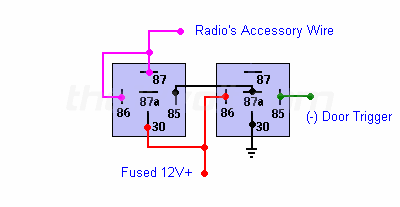
Photo Credit by: bing.com / relay latching relays spdt
Latcing Relays
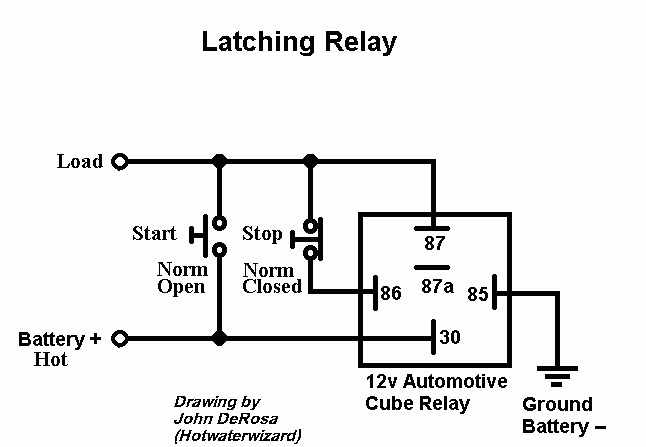
Photo Credit by: bing.com / relay latching circuit diagram 12v wiring two cube momentary relays delay gif impulse installbay the12volt schematic inputs toggling derosa john
12v Latching Relay Wiring Diagram - Wiring Diagram Schemas
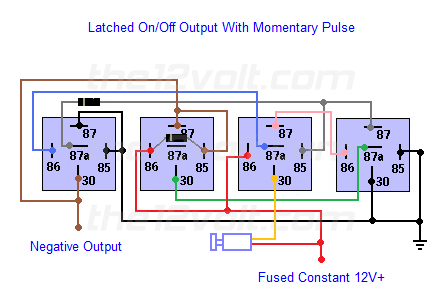
Photo Credit by: bing.com / latching spdt
12 Volt Latching Relay Wiring Diagram - Wiring Diagram Schemas
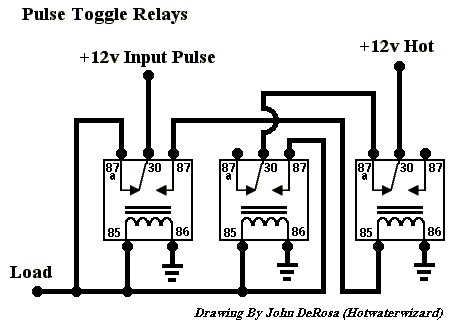
Photo Credit by: bing.com / latching relays wiring flop netbox 100s gjort
12 Volt Relay Wiring Diagram - Cadician’s Blog

Photo Credit by: bing.com /
12 Volt Latching Relay Wiring Diagram - Wiring Diagram Schemas

Photo Credit by: bing.com / relay latching diode momentary the12volt
12 Volt Latching Relay Wiring Diagram - Latching Relay / Is Video Main
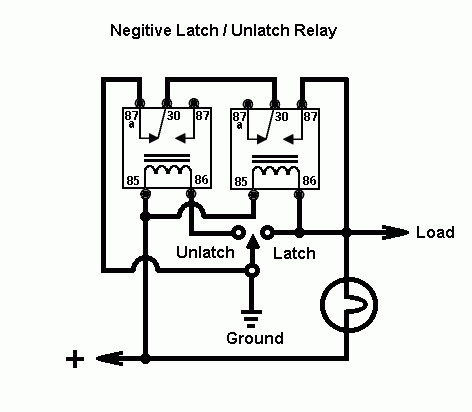
Photo Credit by: bing.com / latching latch unlatch the12volt
12 Volt Latching Relay Wiring Diagram - Wiring Diagram Schemas
Photo Credit by: bing.com / dpdt latching circuit 12v dpst spst learningaboutelectronics
The12volt Com Wiring Diagram - Wiring Diagram
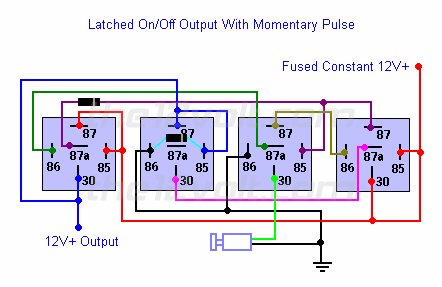
Photo Credit by: bing.com / relay diagram wiring latching switch using circuit output relays pulse button the12volt flop flip off volts single latched power console
12 Volt Latching Relay Wiring Diagram - Wiring Diagram Schemas
Photo Credit by: bing.com / wiring latching
